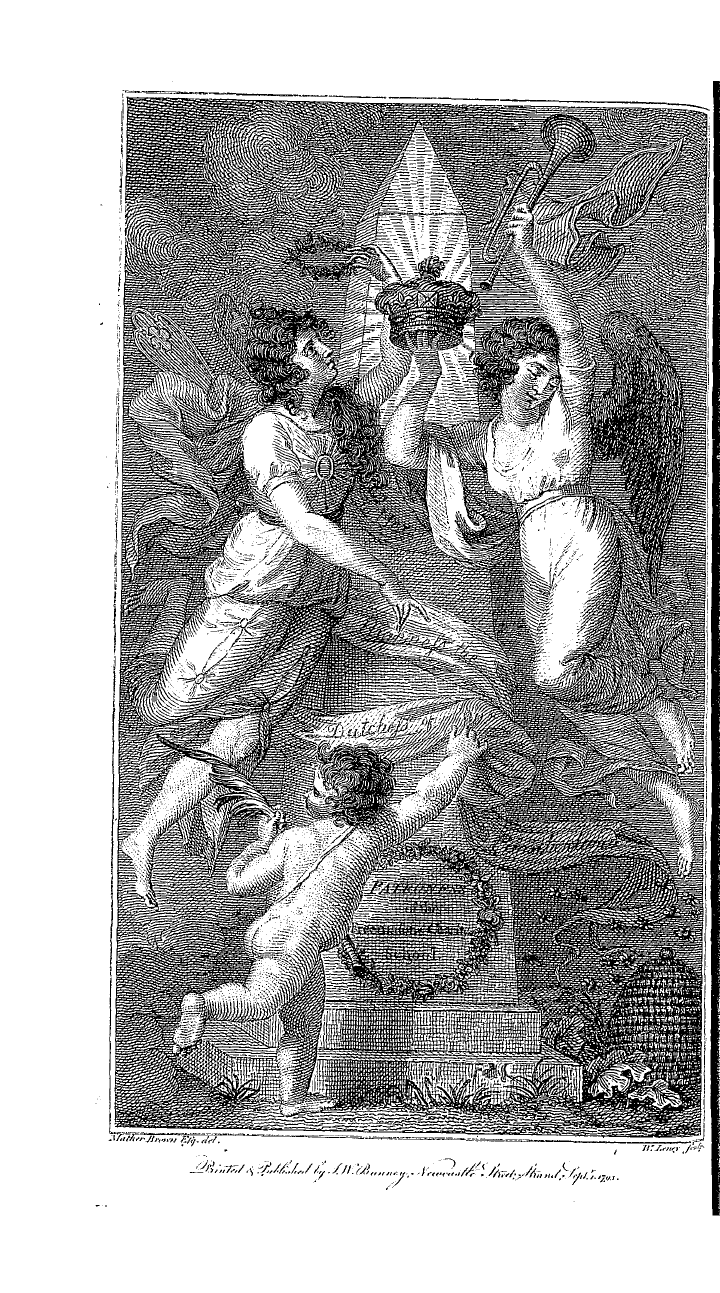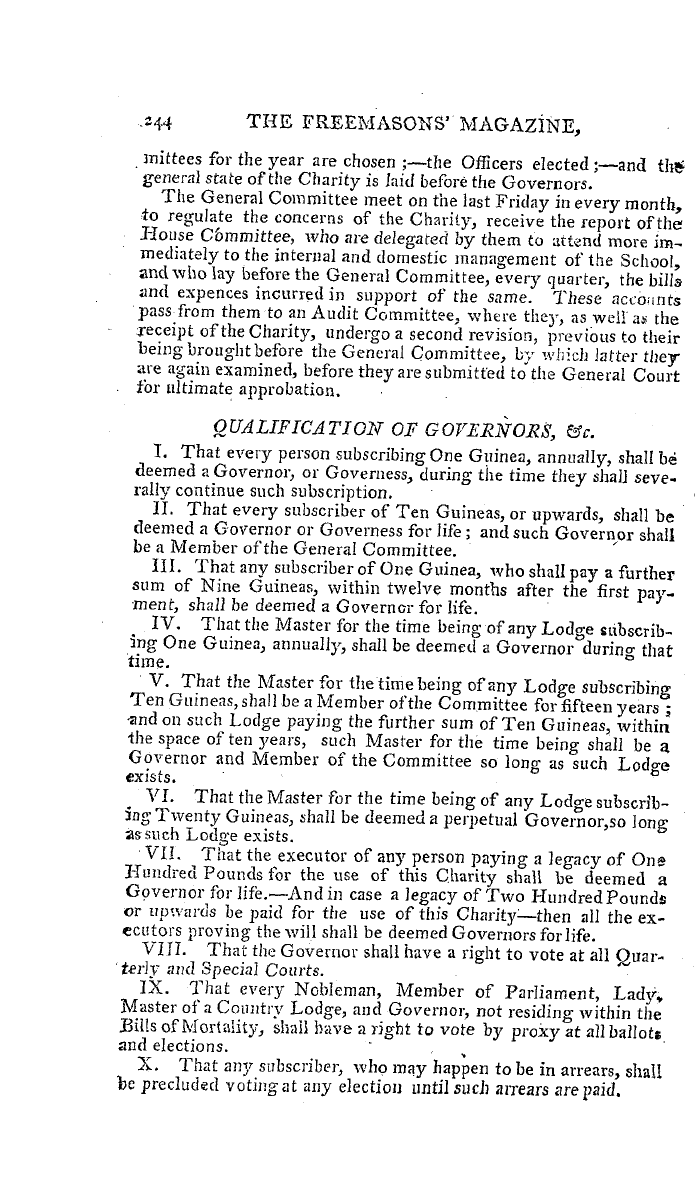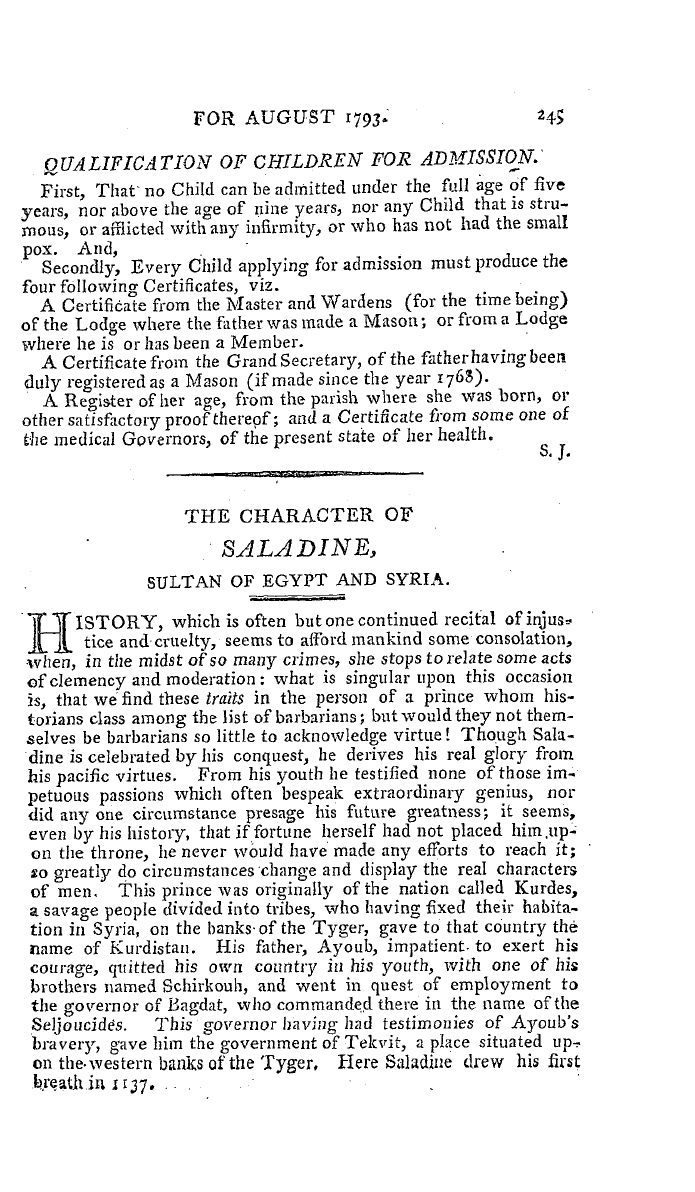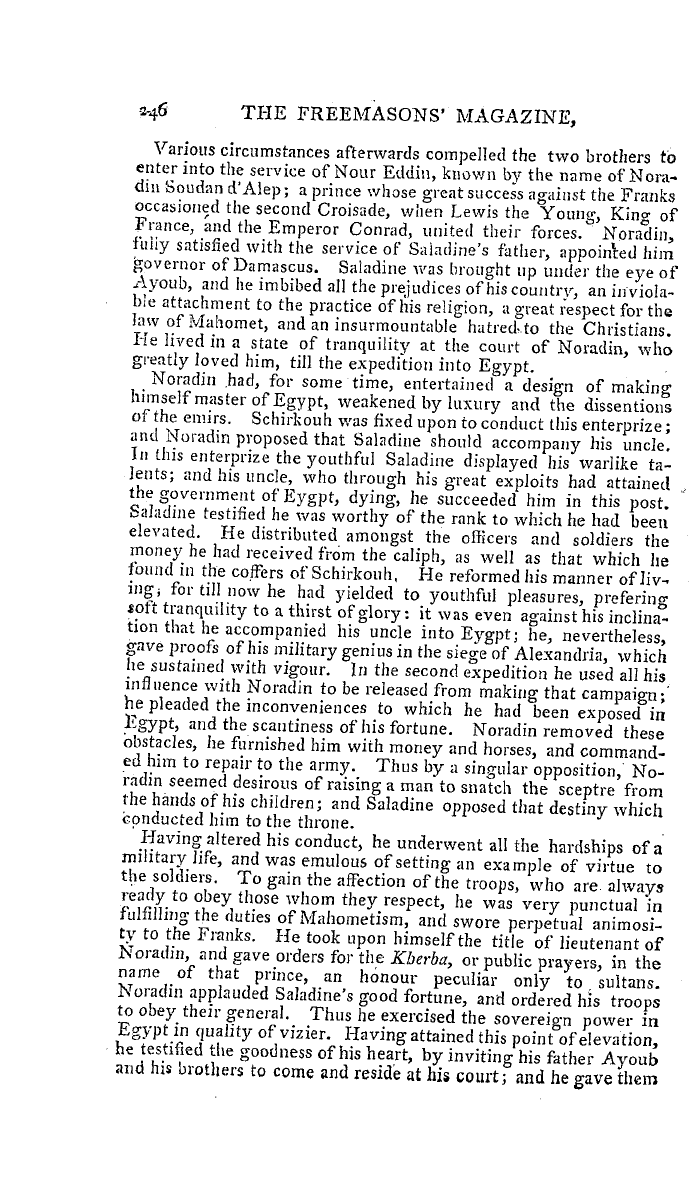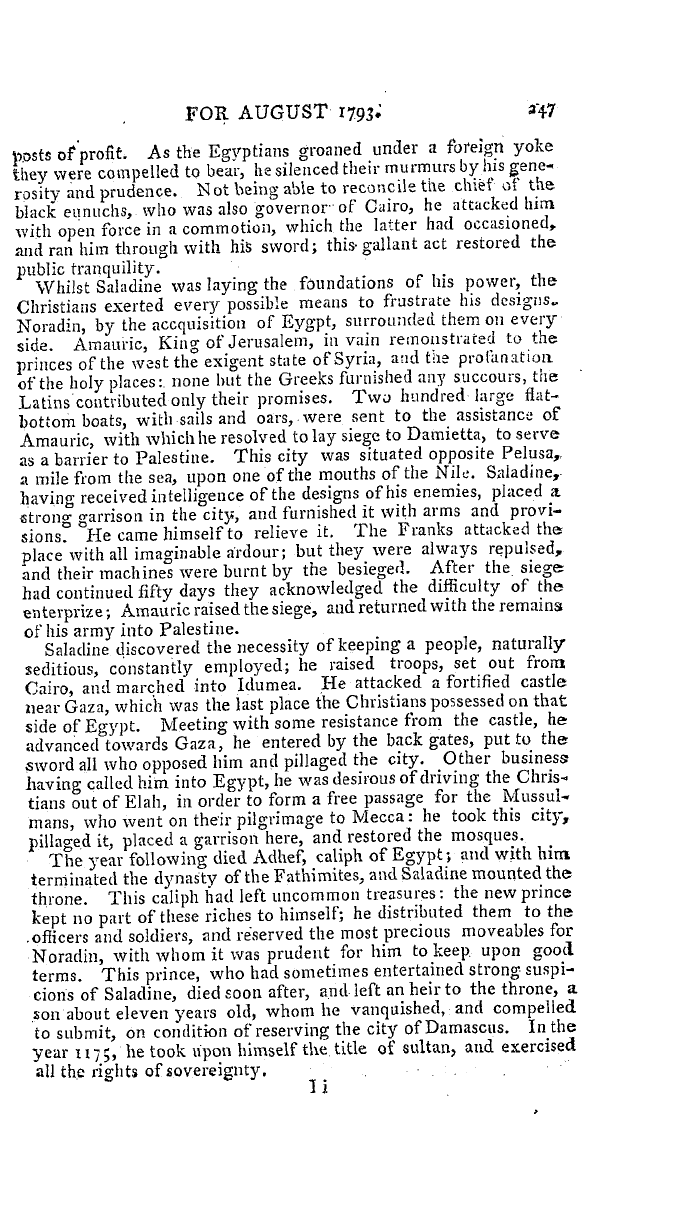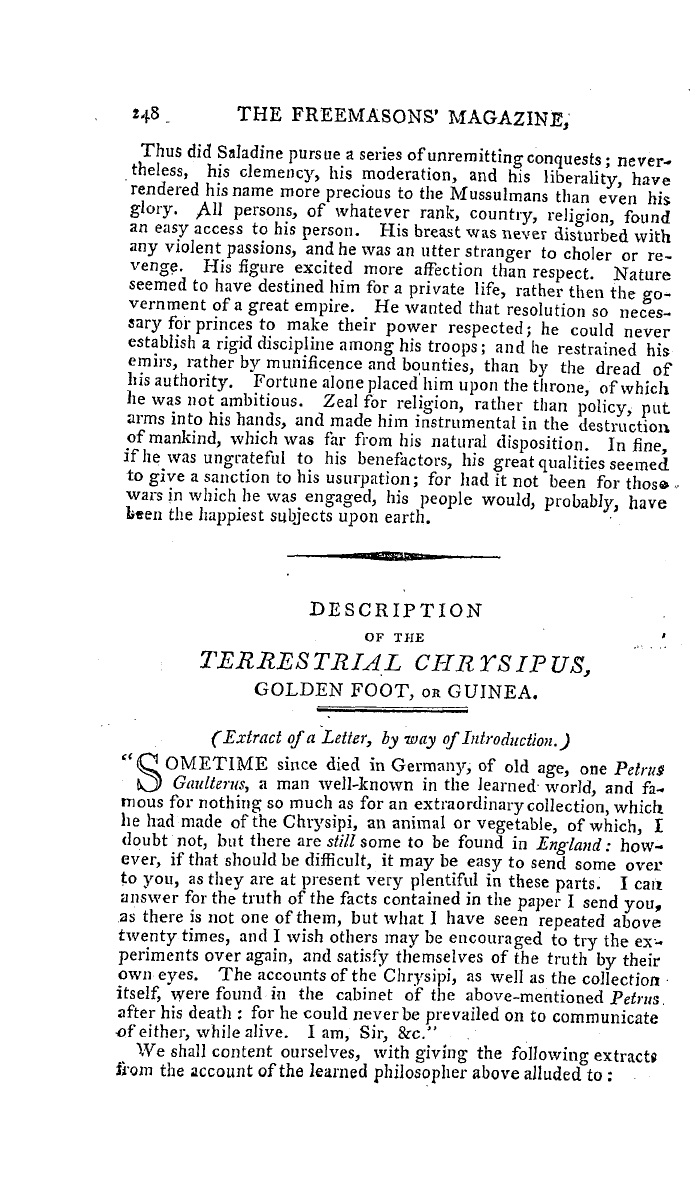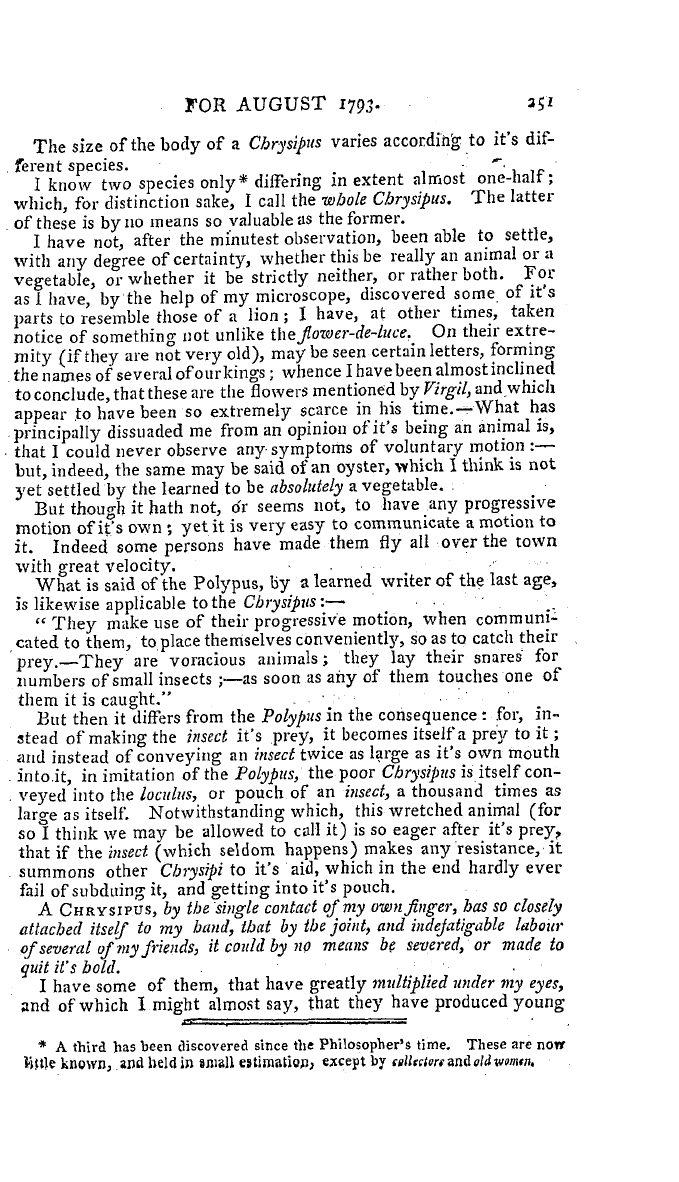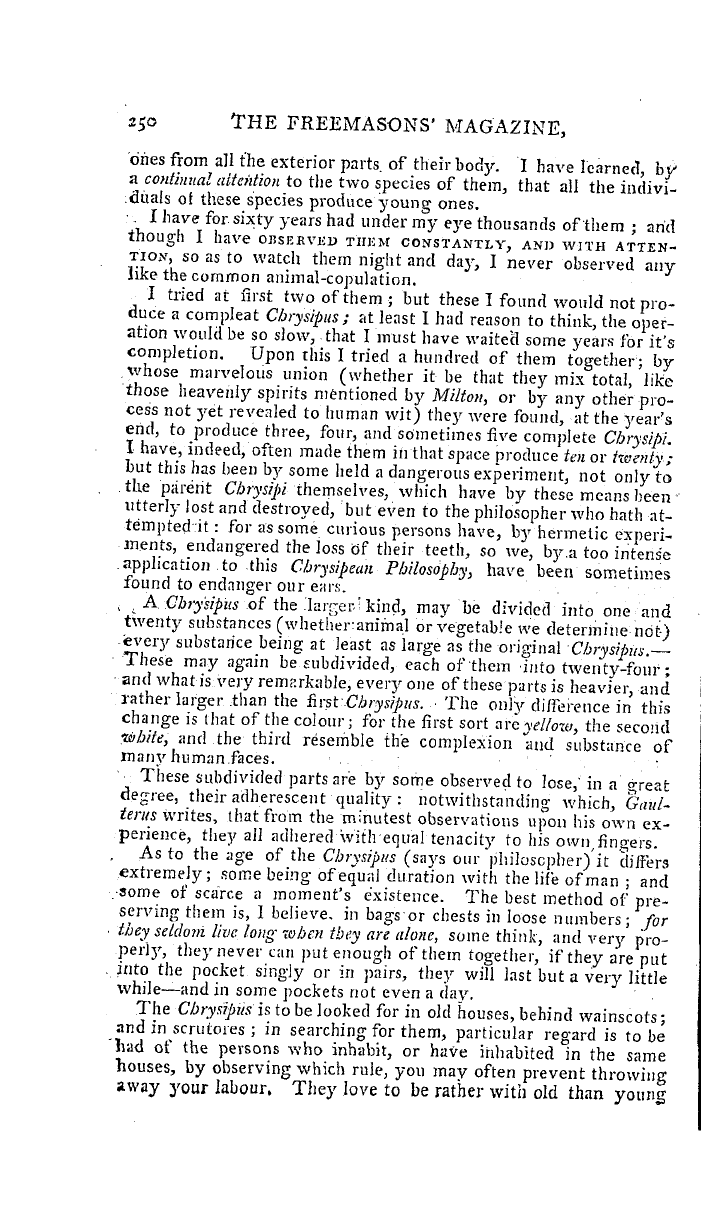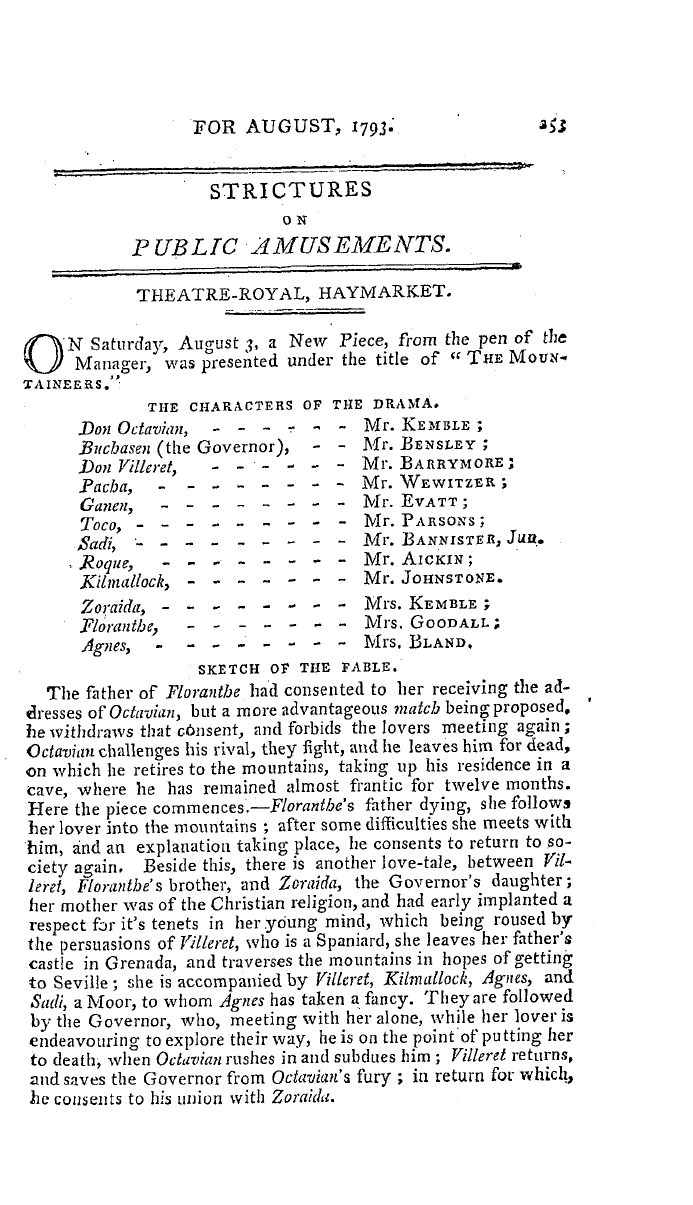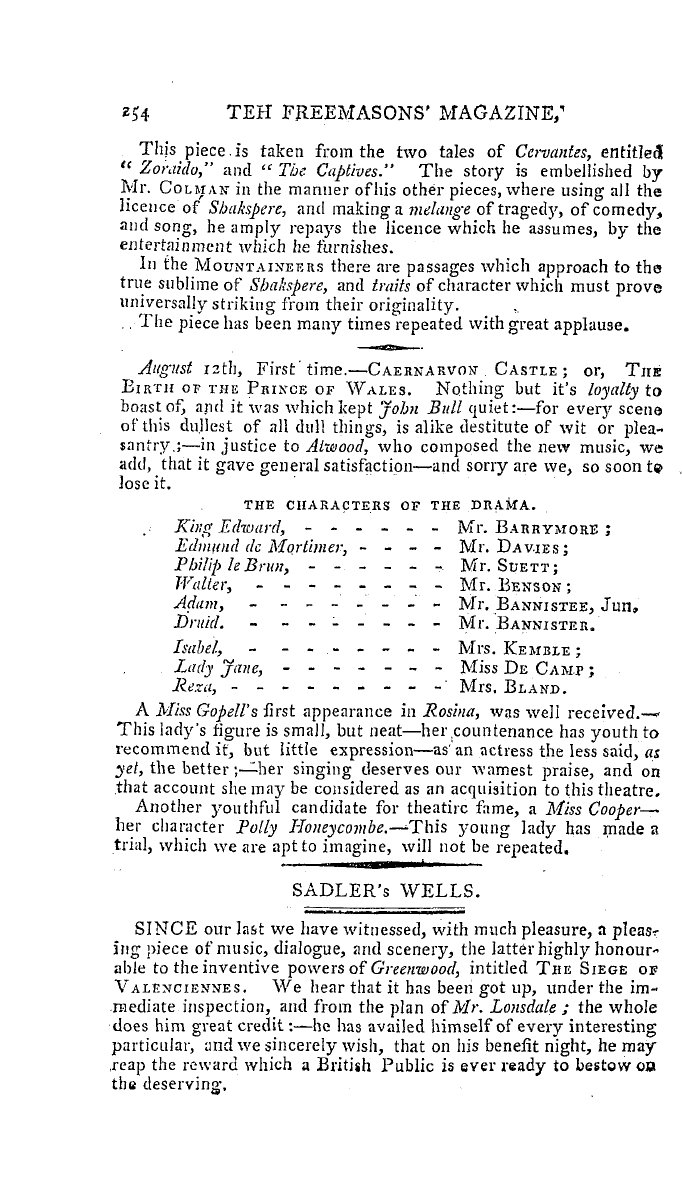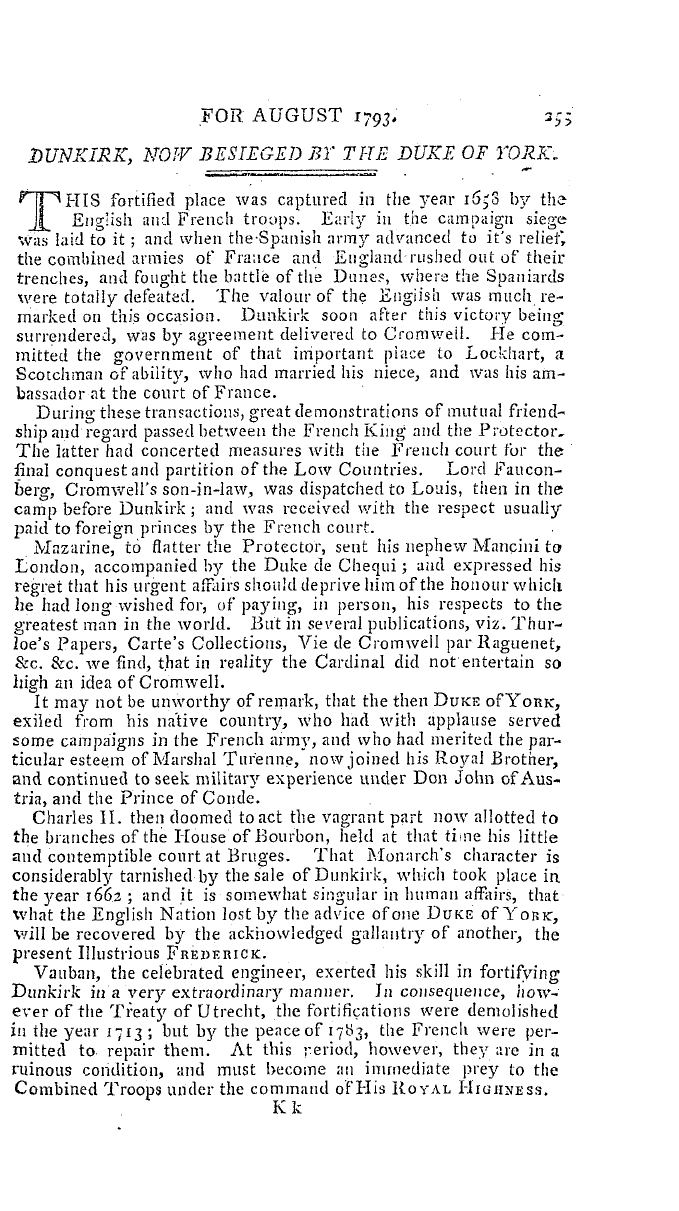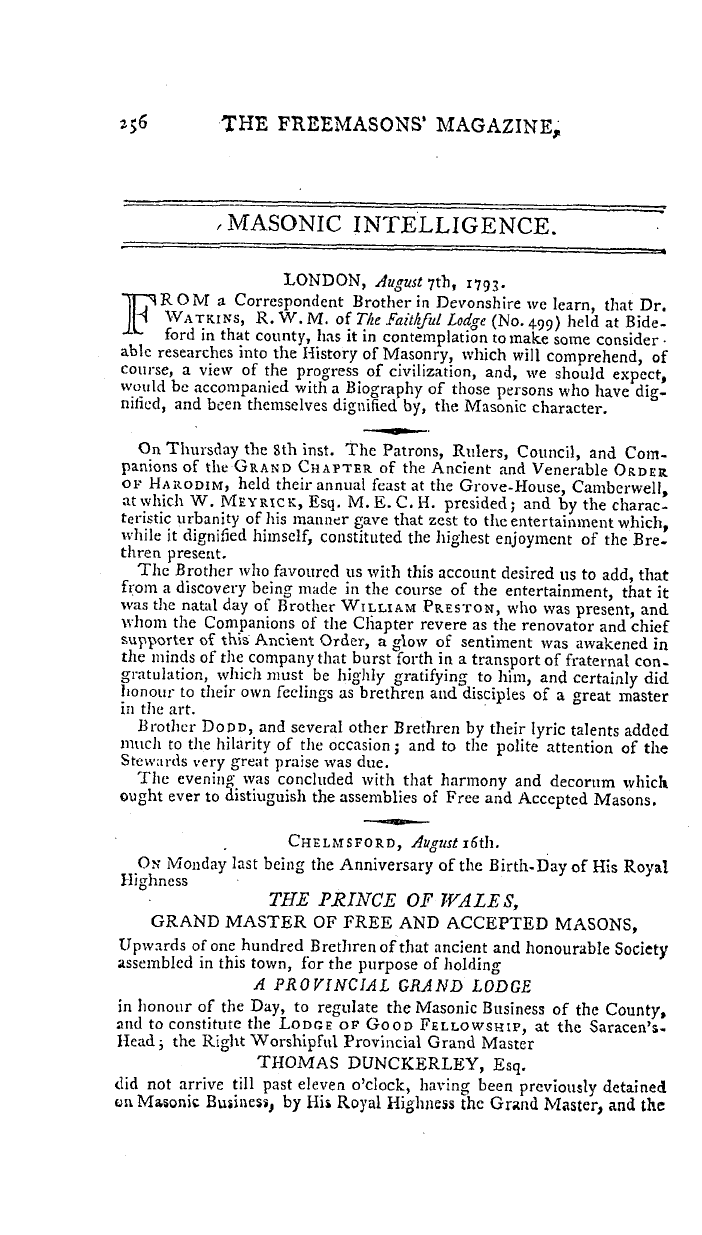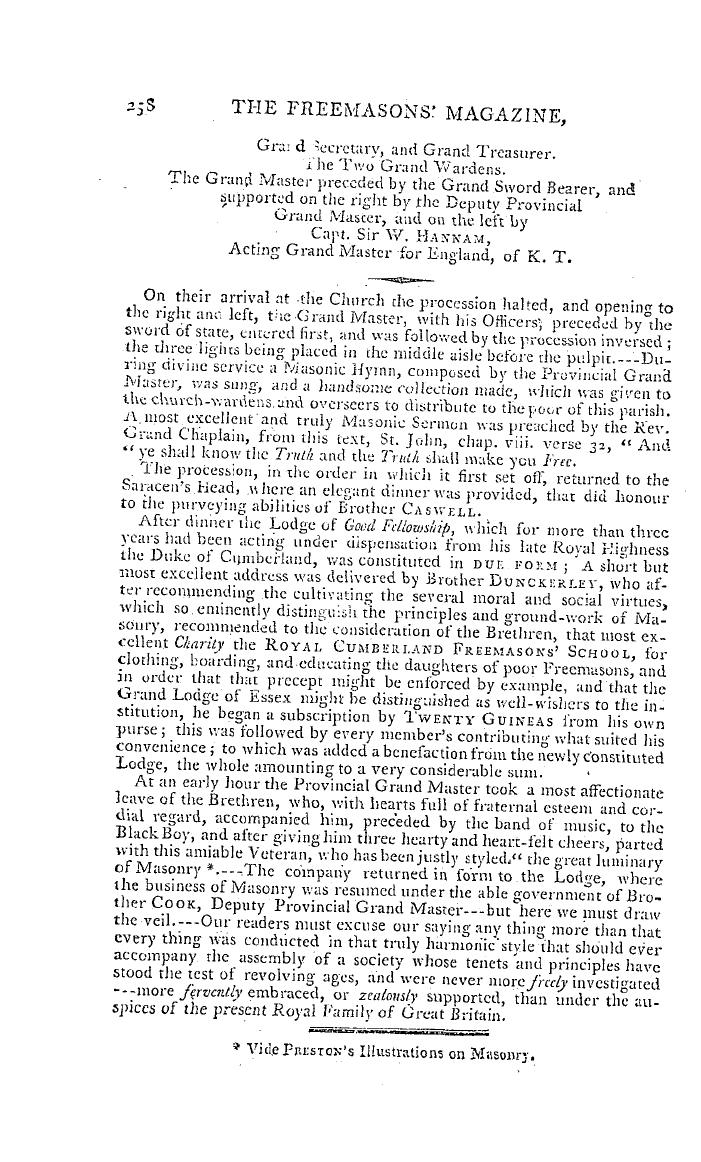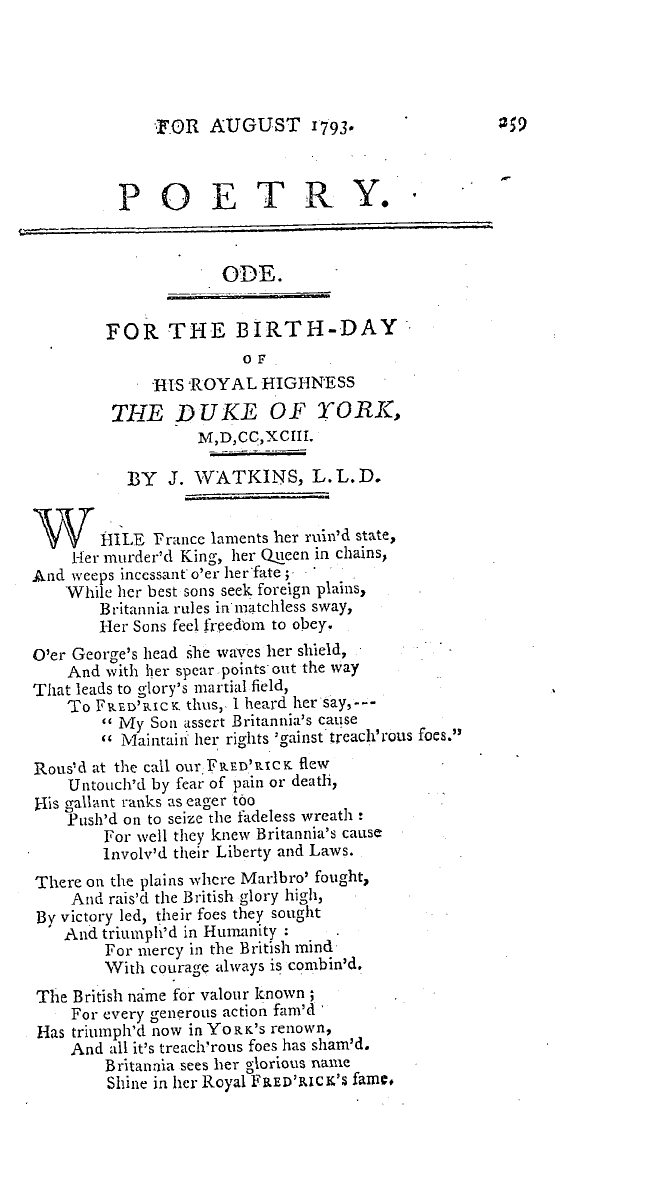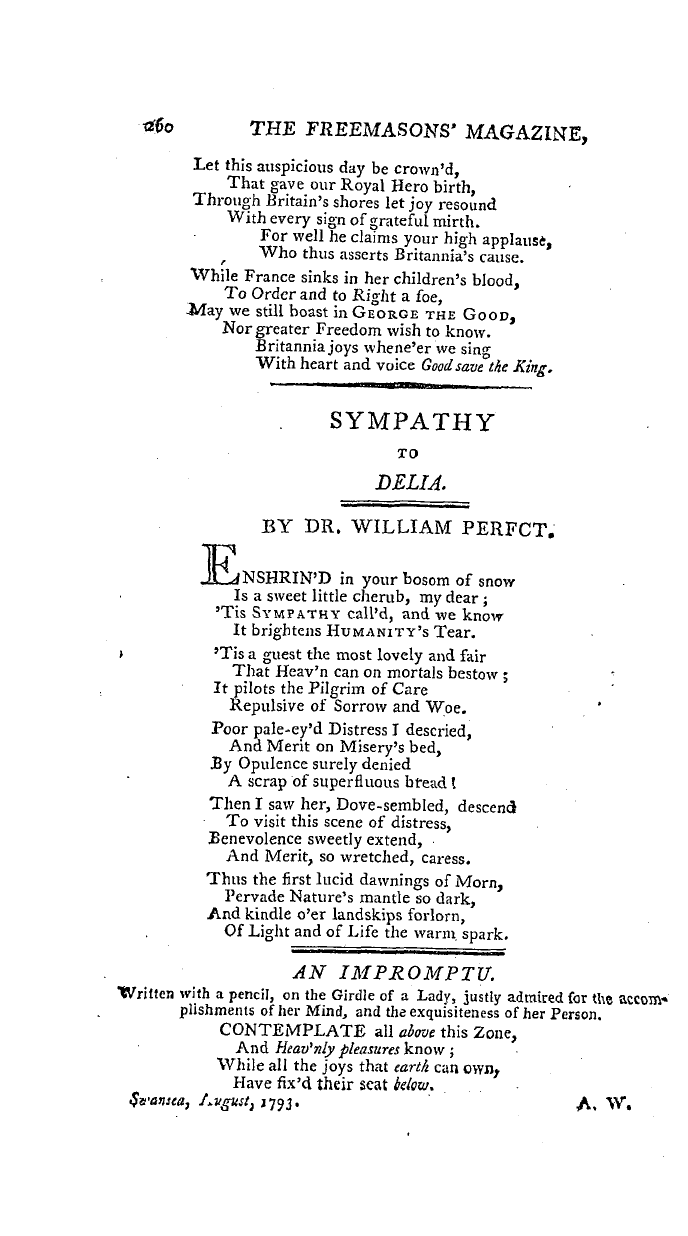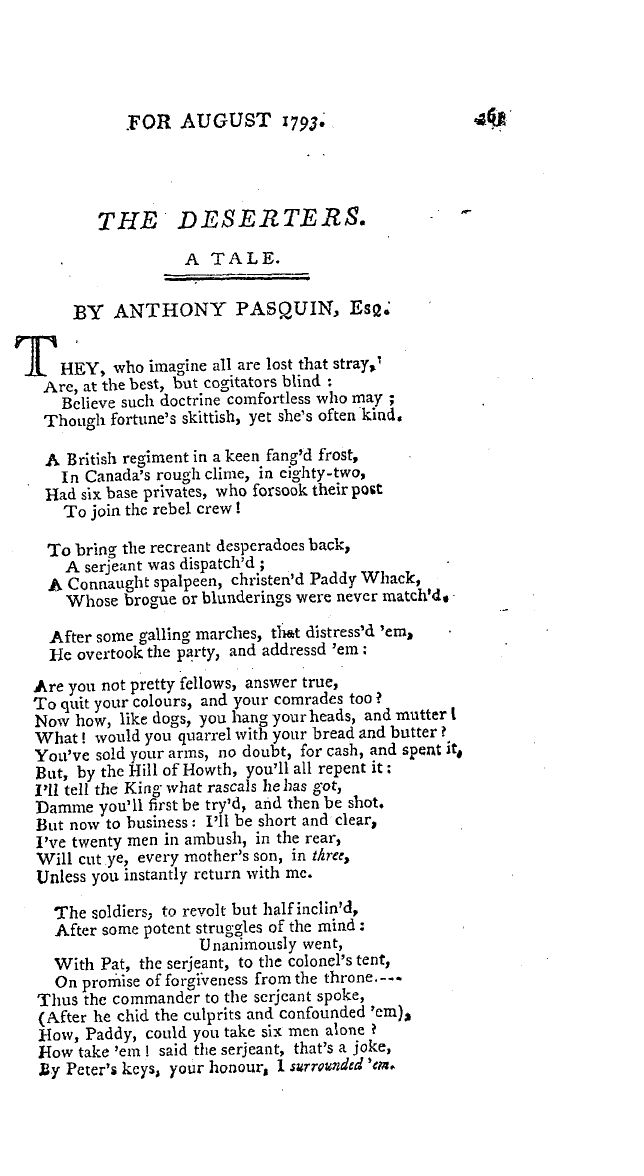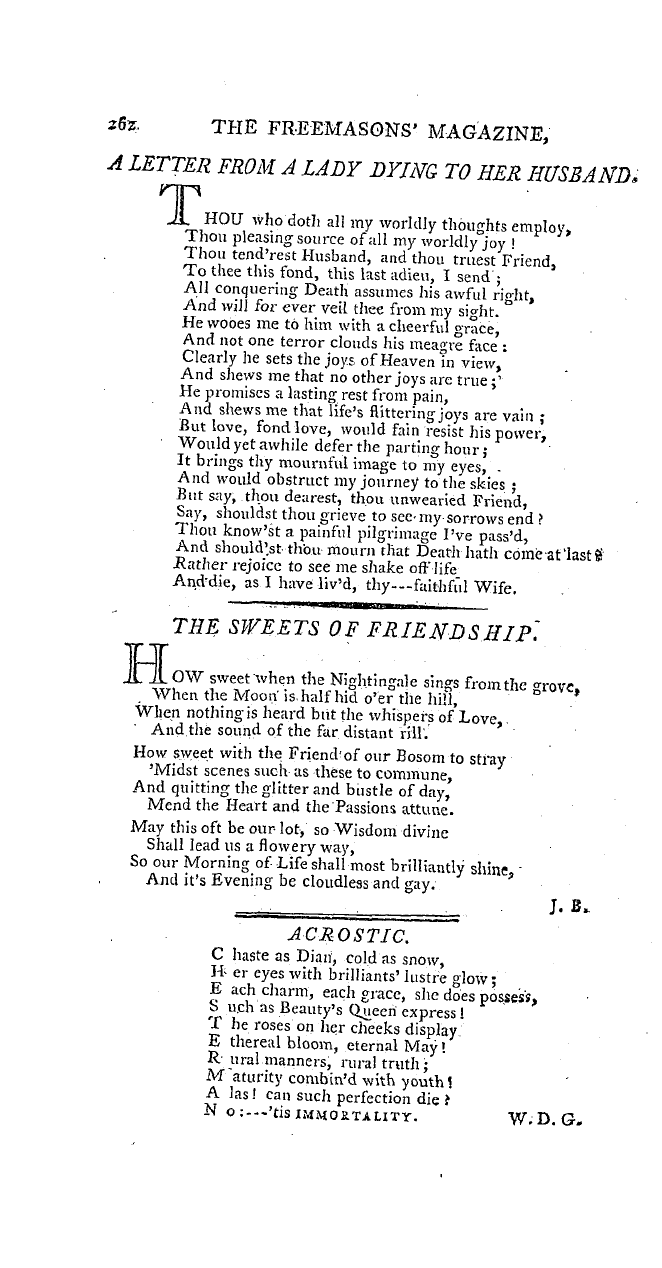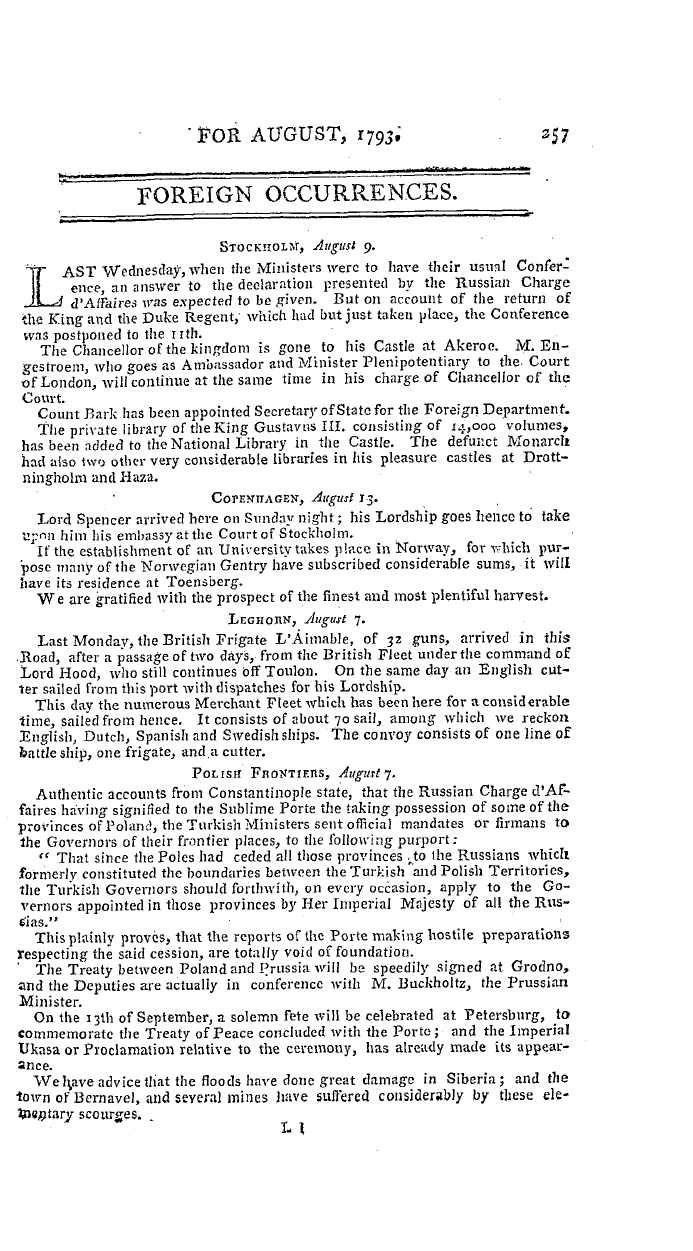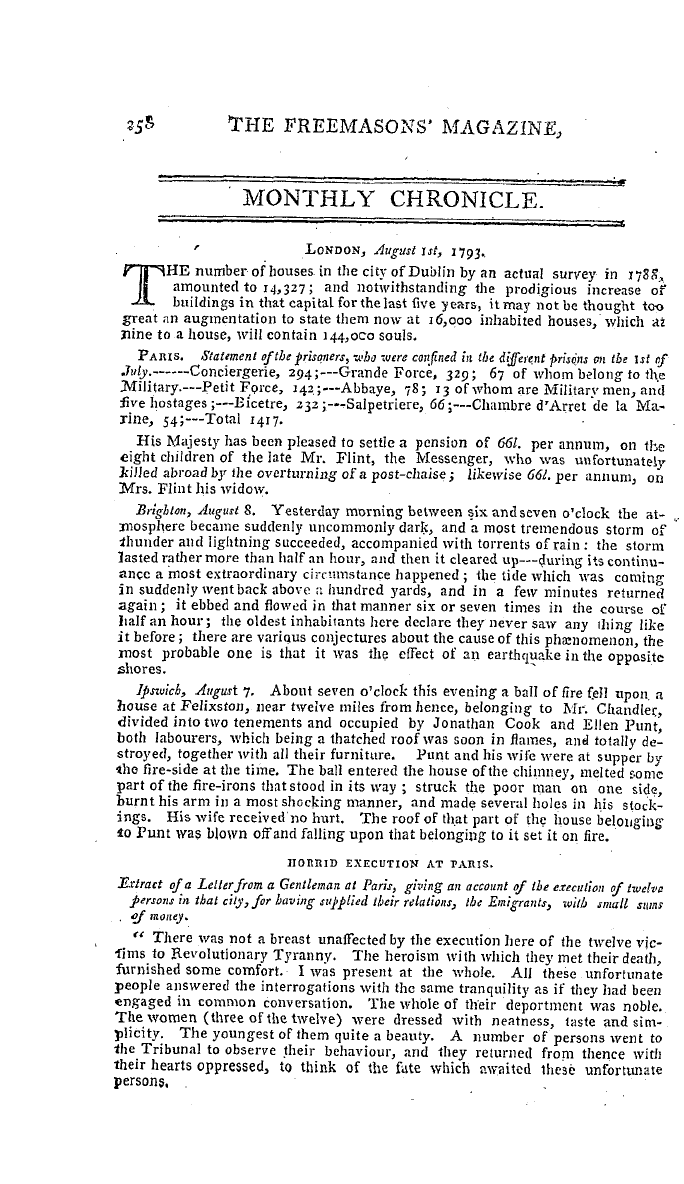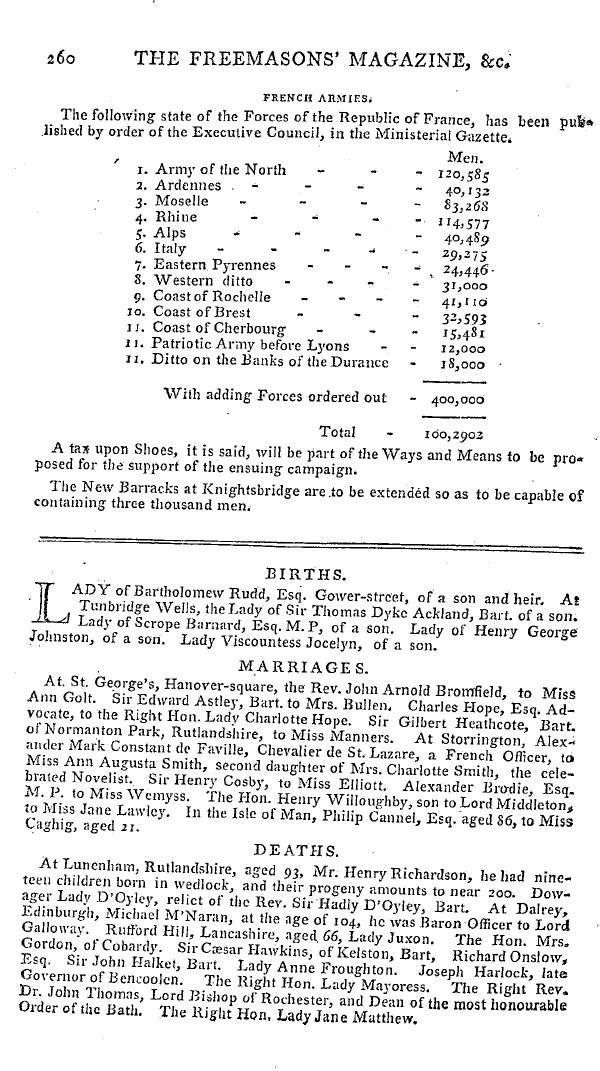-
Articles/Ads
Article OF ANIMALS LIVING IN SOLID BODIES. ← Page 4 of 4
Note: This text has been automatically extracted via Optical Character Recognition (OCR) software.
Of Animals Living In Solid Bodies.
fed to the Academy at the same time , was perfectly well , and even croaked whenever the bottle was shook in which he was confined . It is to be lamented that the death of Mr . Herissan put a-stop" to these experiments . Wc beg leave to observe upon this subject , that the power which these animals appear to possess of supporting abstinence for so long a time result from a very slow digestionand perhaps - from
, may , the singular nourishment which they derive from themselves . Mr . Grignon observes , that this animal sheds his skin several times in the course of a year , and that it always swallows it . He has known , he saysj a large toad shed it ' s skin six times iti one winter . Ill short " , those which , from the facts we have related , may be supposed to have existed for many centuries without nourishmenthave
, been in a total inaction , in a suspension of life , in a temperature that has admitted of no dissolution ; so that it was not necessary to repair any loss , the humidity of the surrounding matter , preserving that of the animal , who wanted only the component parts not to be dried up , to preserve it from destruction . But toads are not the only animals which have the privilege of
living for a considerable period without nourishment and communication with the external air . The instances of the oysters and dactyles mentioned in the beginning of this article , may be advanced in proof of it . But there are other examples . Two livinc worms were found in Spain , in the middle of a
block of marble , which the sculptor wa . ? carving into a lion of the natural colour , for the royal family . These worms occupied two small cavities , to which there was no inlet that could possibly admit the air . They subsisted probably on the substance of the marble , as they were of the same colour . This fact is verified by Captain Ulloa , a famous Spaniard , who accompanied the French Academicians in their voyage to Peruto ascertain the figure of the
, earth . lie asserts that he saw these two Worms . A beetle of the species called Capricorn , was found in a piece of wood in the hold of a ship at Plymouth . The wood had" no external mark of any aperture . We read in the Ajftcbes de Province , 17 June , 1772 , that an adder was found alive in the centre of a block of marble thirty feet in
diameter . It was folded nine times round in a spiral line ; it was incapable of supporting the air , and died a few minutes after . Upon examining the stone , not the smallest trace was to be found by which it could have glided in , or received air . Misson , in his travels through Ital y * mentions a craw-fish that was found alive in the middle of a marble in the environs of Tivoli .
M . Peyssonel , King ' s physician at Guadaloupe , having ordered a pit to be dug in the back part " of his house , live frogs were found by the workmen in beds of petrifaction . M . Peyssonel , suspecting some deceit , descended , into the pit , dug the bed of rock and petrifactions , and drew out himself green frogs , which were alive , and perfectly similar to what we see every day . Gg
Note: This text has been automatically extracted via Optical Character Recognition (OCR) software.
Of Animals Living In Solid Bodies.
fed to the Academy at the same time , was perfectly well , and even croaked whenever the bottle was shook in which he was confined . It is to be lamented that the death of Mr . Herissan put a-stop" to these experiments . Wc beg leave to observe upon this subject , that the power which these animals appear to possess of supporting abstinence for so long a time result from a very slow digestionand perhaps - from
, may , the singular nourishment which they derive from themselves . Mr . Grignon observes , that this animal sheds his skin several times in the course of a year , and that it always swallows it . He has known , he saysj a large toad shed it ' s skin six times iti one winter . Ill short " , those which , from the facts we have related , may be supposed to have existed for many centuries without nourishmenthave
, been in a total inaction , in a suspension of life , in a temperature that has admitted of no dissolution ; so that it was not necessary to repair any loss , the humidity of the surrounding matter , preserving that of the animal , who wanted only the component parts not to be dried up , to preserve it from destruction . But toads are not the only animals which have the privilege of
living for a considerable period without nourishment and communication with the external air . The instances of the oysters and dactyles mentioned in the beginning of this article , may be advanced in proof of it . But there are other examples . Two livinc worms were found in Spain , in the middle of a
block of marble , which the sculptor wa . ? carving into a lion of the natural colour , for the royal family . These worms occupied two small cavities , to which there was no inlet that could possibly admit the air . They subsisted probably on the substance of the marble , as they were of the same colour . This fact is verified by Captain Ulloa , a famous Spaniard , who accompanied the French Academicians in their voyage to Peruto ascertain the figure of the
, earth . lie asserts that he saw these two Worms . A beetle of the species called Capricorn , was found in a piece of wood in the hold of a ship at Plymouth . The wood had" no external mark of any aperture . We read in the Ajftcbes de Province , 17 June , 1772 , that an adder was found alive in the centre of a block of marble thirty feet in
diameter . It was folded nine times round in a spiral line ; it was incapable of supporting the air , and died a few minutes after . Upon examining the stone , not the smallest trace was to be found by which it could have glided in , or received air . Misson , in his travels through Ital y * mentions a craw-fish that was found alive in the middle of a marble in the environs of Tivoli .
M . Peyssonel , King ' s physician at Guadaloupe , having ordered a pit to be dug in the back part " of his house , live frogs were found by the workmen in beds of petrifaction . M . Peyssonel , suspecting some deceit , descended , into the pit , dug the bed of rock and petrifactions , and drew out himself green frogs , which were alive , and perfectly similar to what we see every day . Gg




























































